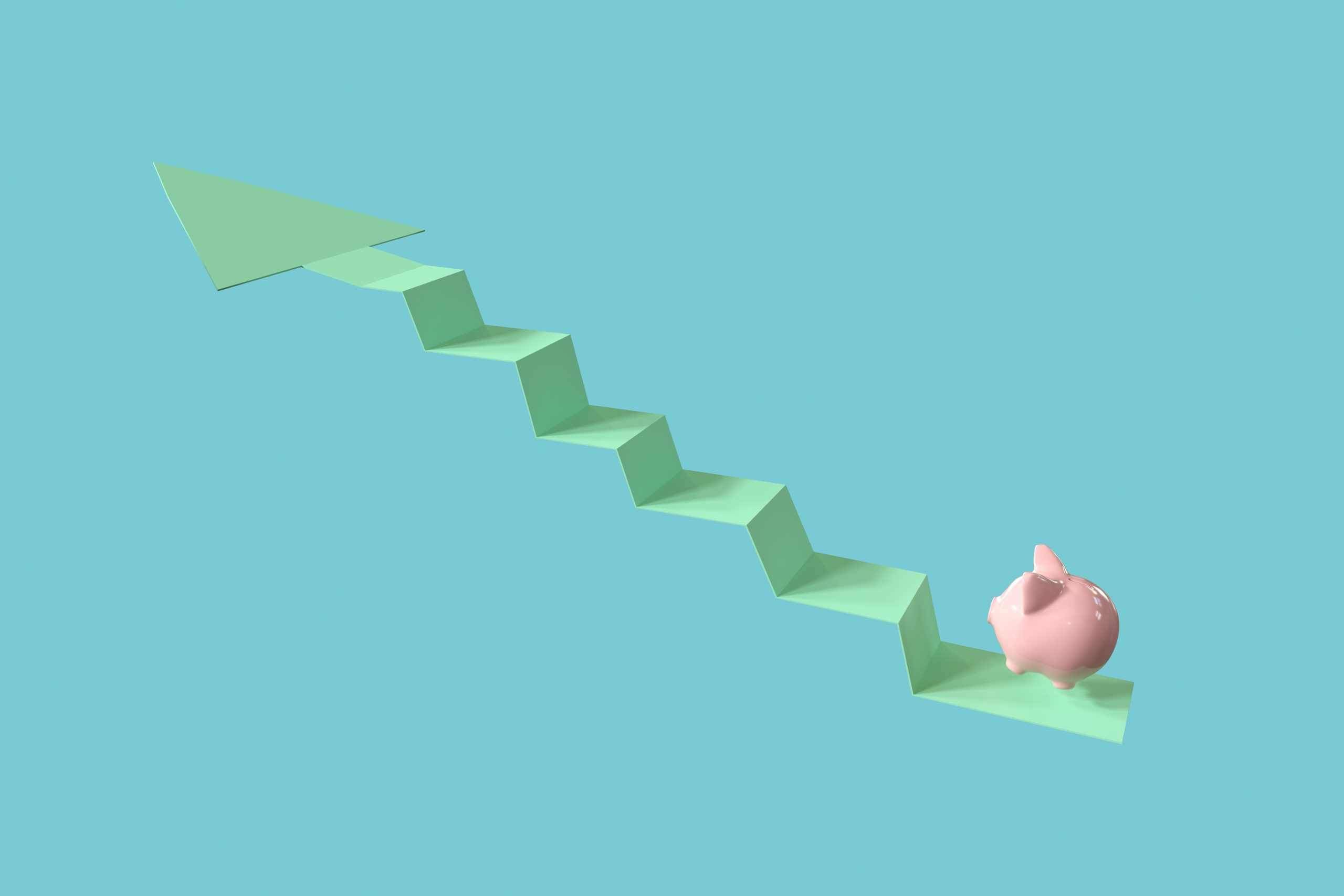Share
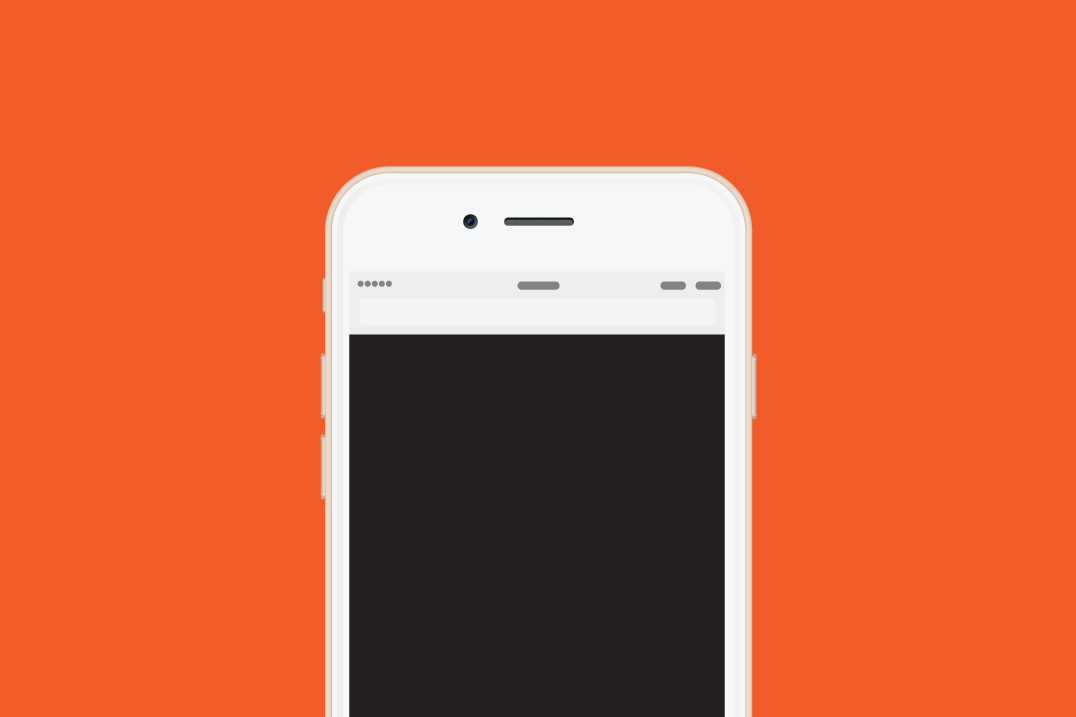
Getting a digital project off the ground.
We wanted to give you a snapshot of how we tackle a website development project. If you’re looking for a new website for your business over the coming weeks, months or years (we’ll be there for you), we hope this article answers some questions for you and leaves you confident your new project will be successful.
Design.
Design should be meaningful and simple. If we design a product or digital experience in a way that is easy for users to use and can help them achieve their goals, they will be satisfied, happy and most of the time come back for more.
It might sound obvious, but we find a well-thought out user experience (design) to be one of the most important pieces for increasing acquisition and keeping potential customers on the page.
The planning and designing of an eCommerce or digital experience requires significant efforts and collaboration of the design and product teams. You can streamline the whole procedure by following a design process which will keep you aligned with the end user, leading to more sales.
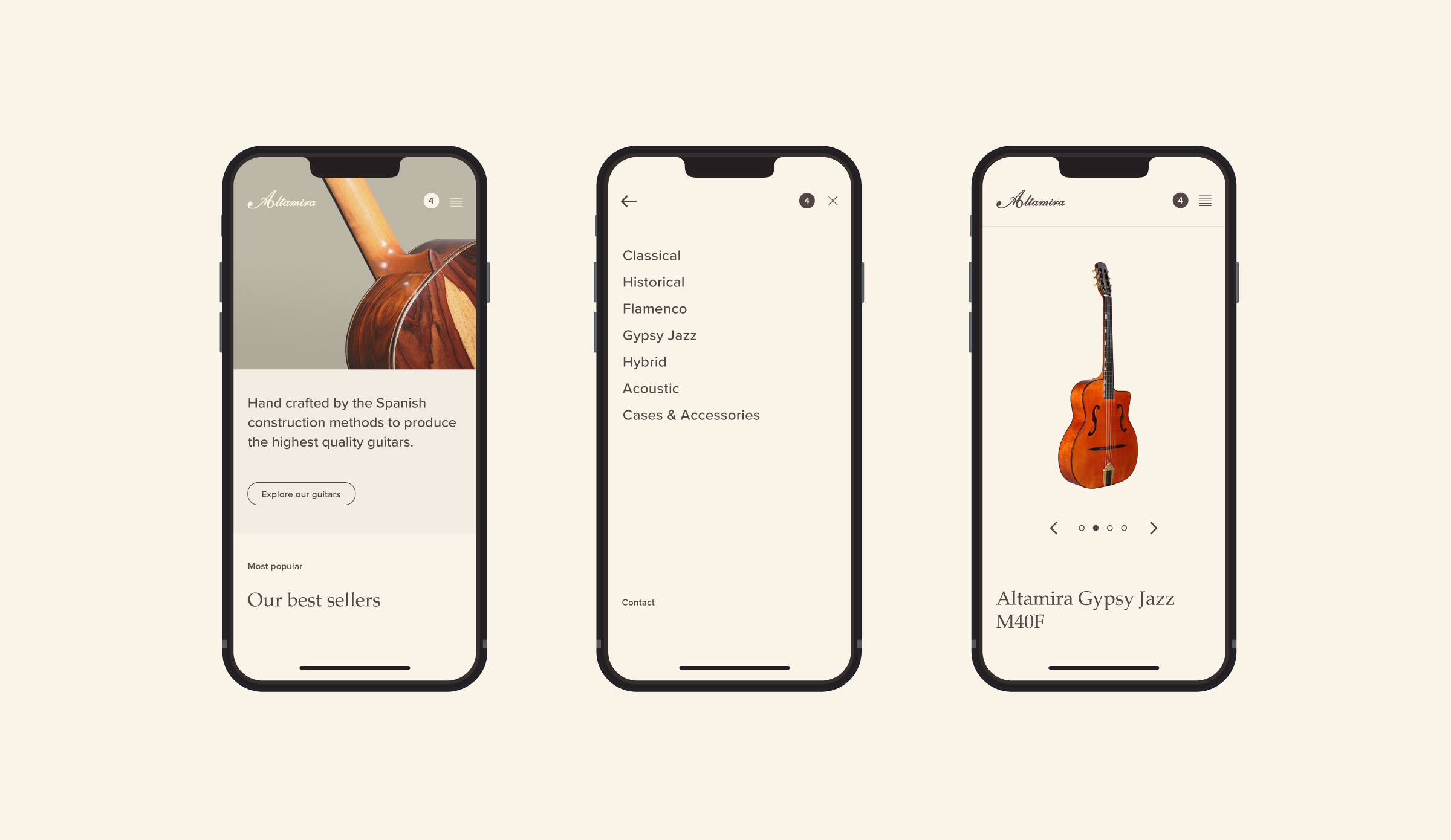
This article discusses various aspects of the design process and some of the practical methods used within. Some you may be aware of, and some may be the ‘lightbulb’ moment that kicks you into gear. It explains how design elements, specifically stories, and user journeys are utilised as a medium of communication to narrow in on your audience.
Absorption.
Us, as designers need to be able to explain our work clearly and convincingly, it is very crucial to communicate our ideas and thought process behind the work. To become succinct with your company (the one producing the products) and to design for the intended demographic, it is paramount we bridge the gap between your product, and the consumer.
The main goal is to absorb as much information about your company, keeping everyone in the team on the same page with a common vision towards achieving the end goal.
Print is not dead.
We design and print out your website. This might sound funny, but there is a fair chance there are a lot of people in your company, not many of them (if any) are designers, or speak the jargon. I know, we all have a cousin who is a designer.
When we design a new website or digital experience/user journey, we print out the entire pages as flat artwork. Everyone is visual, being able to lay a large sheet on the table with everyone standing around is vital to extracting feedback and seeing the big picture.
All in the detail.
Each page is carefully crafted using the motto of mobile-first design. Mobile has taken over in regards to digital experiences. Everyone is on the go, working out of the office and mobile devices are being enhanced and upgraded annually. The landscape is ever-changing.
Each project is unique, but requires the same amount of dedication to get from start to finish. Everyone deserves to have something great. Everyone can do better and improve.
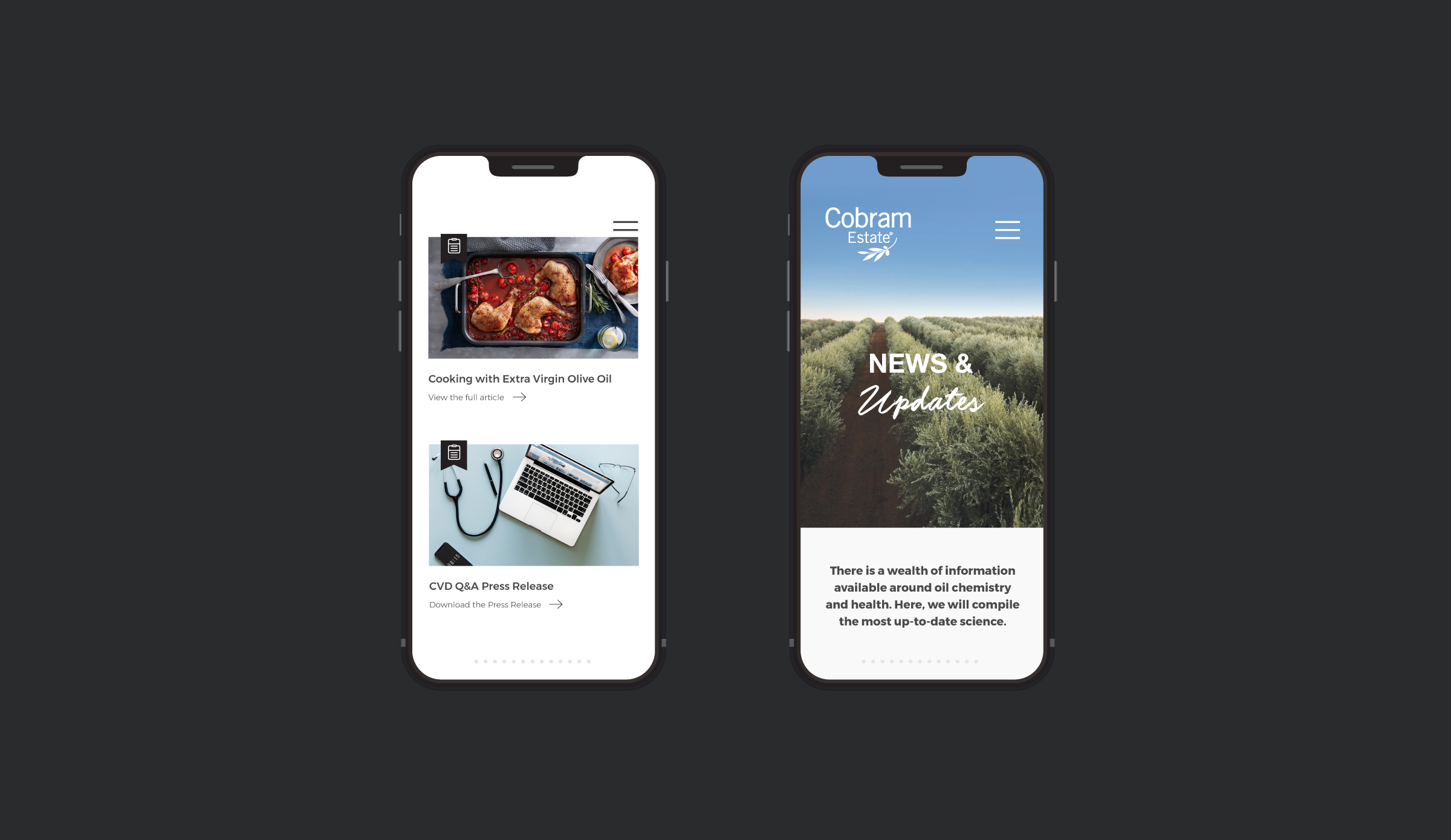
The Development Process
The development actually begins as the design is being conceptualised. It’s important to remain transparent as there are just some things you can’t do with development, and some which you can try but you really shouldn’t!
Ensuring the designs are realistic and within budget is imperative to the project remaining on time and on budget.
A good web designer knows the limitations and tradeoffs and won’t add things that don’t work. Something that looks pretty and functions well for one user can be impossible to make usable for another. That’s why it’s important that your design and website development team are synced up early on, and why we prefer to design and develop all our websites. We’ve seen plenty of designs around the internet that look great but don’t actually work well in all web browsers, and on all devices.
Best case practice also evolves, but generally follows guidelines around frameworks and standards. Most projects will follow a core set of features with custom code around the design and look/feel. By following standard process, your website is not hostage to one system or company.
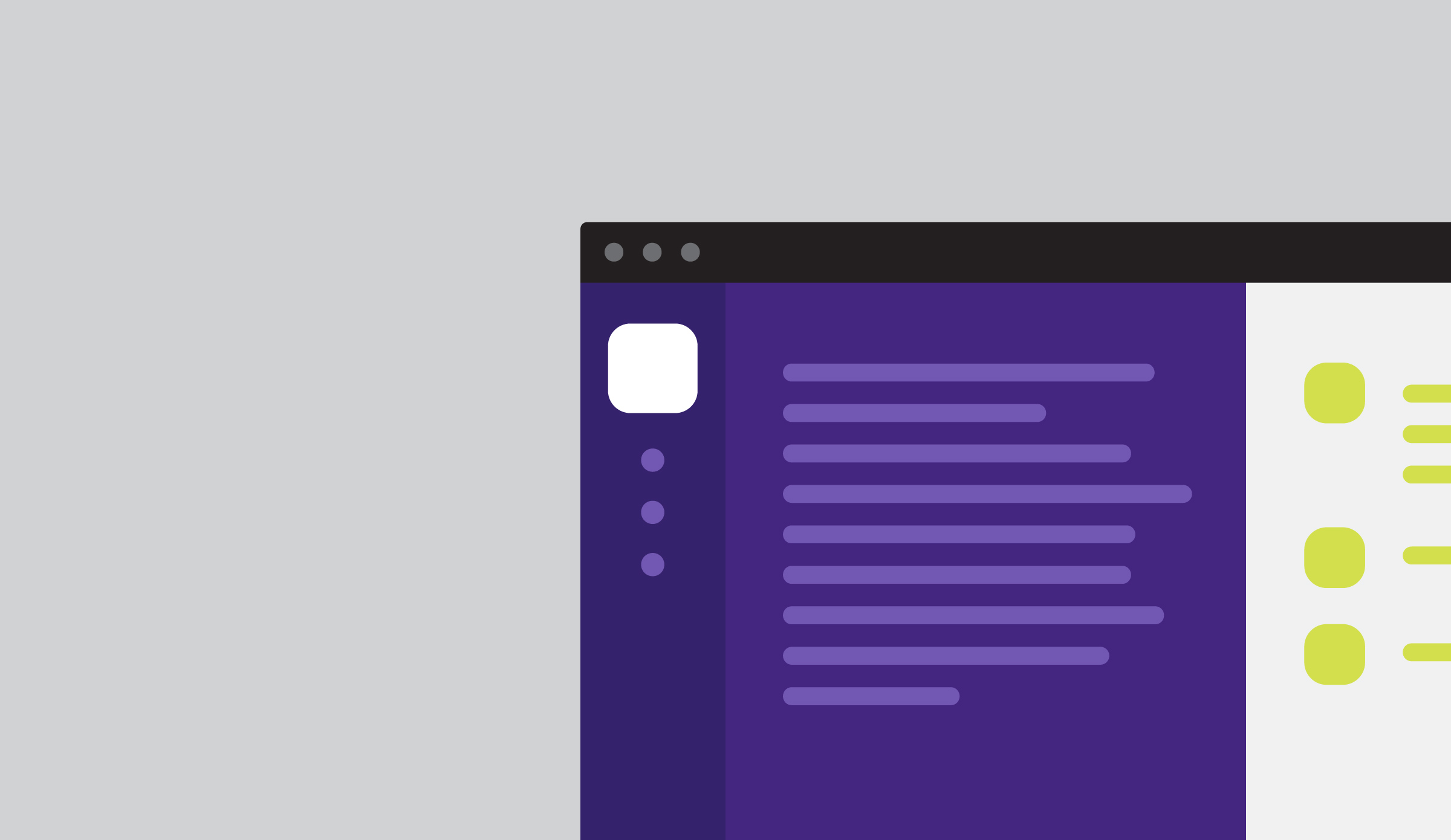
We tend to build most projects on content management systems such as WordPress or Craft. We’ve also done builds in WooCommerce, Shopify, and BigCommerce. We’ll recommend a system based on project requirements, but usually it comes down to the feature set required, the control, and how the website will be maintained in the future.
Choosing your to build your website: The Options
There are so many agencies out there offering web development services, it can be difficult to know who to choose. Depending on the complexity of your project, budget, and ongoing requirements- you generally have 3 different options.
A. Do it yourself/hosted solutions (Typically $ 0 – $1,000/year)
These are platforms such as Shopify, BigCommerce, SquareSpace or Wix. You usually pay a monthly fee and get access to a builder. You can build it yourself or hire someone to do it for you. These platforms can be great, especially for SMEs. They just have less flexibility, you can’t take your website with you, and you can’t customise as much.
For a small business, this is a great solution, and perhaps you can graduate to something bigger when you need it down the track, no point spending your whole marketing budget on a website in the startup phase of your business.
B. A basic template website (Typically $5,000 – $10,000) on the market.
We say basic template website, because it’s hard to get a good bespoke design for this price range. There are millions of templates available to buy for just for under $100. If you buy a website below $10k, it’s likely you’ll have some design and content customisation, but your website will be based on a paid template.
We’ve come across people using the word bespoke and custom when infact they are getting a theme that has had a couple of minor changes.
In this instance, it’s highly likely someone else out there has the same website to you.
There’s nothing wrong with templates, but depending on the level of customisation, your brand and other design considerations – it may be hard to get something exceptional.
C. A more complex website with features and fully customised design ($10,000 and up)
This is where we do nearly all our work. The clients we work with have a vision for design and functionality, and our designers bring it to life. Websites here cost more because there is more work involved in every stage, lots of custom template code to write and functionality built from the ground up. Expect to pay at least $10,000 for a basic brand website to at least $30,000 for an eCommerce website. If you’re trying to build something to drive more business – it’s a great investment!
Wrapping up.
If our web design & development process sounds like something that could help your business, or if you simply want to pick our brain then please get in touch. Use the form below for a range of queries about your project requirements and we’ll determine if it’s something we can help you with.
OTHER READING
Subscribe to our Newsletter. Its never more than once a month.
Our Newsletter contains articles written by us and others on anything from websites, eCommerce, analytical data and conversions to design, user experience and even just flat-out cool things. We’ll occasionally plug new work and things happening here at Emporium Digital.
Leave your first name and email below, and come along for the journey.
